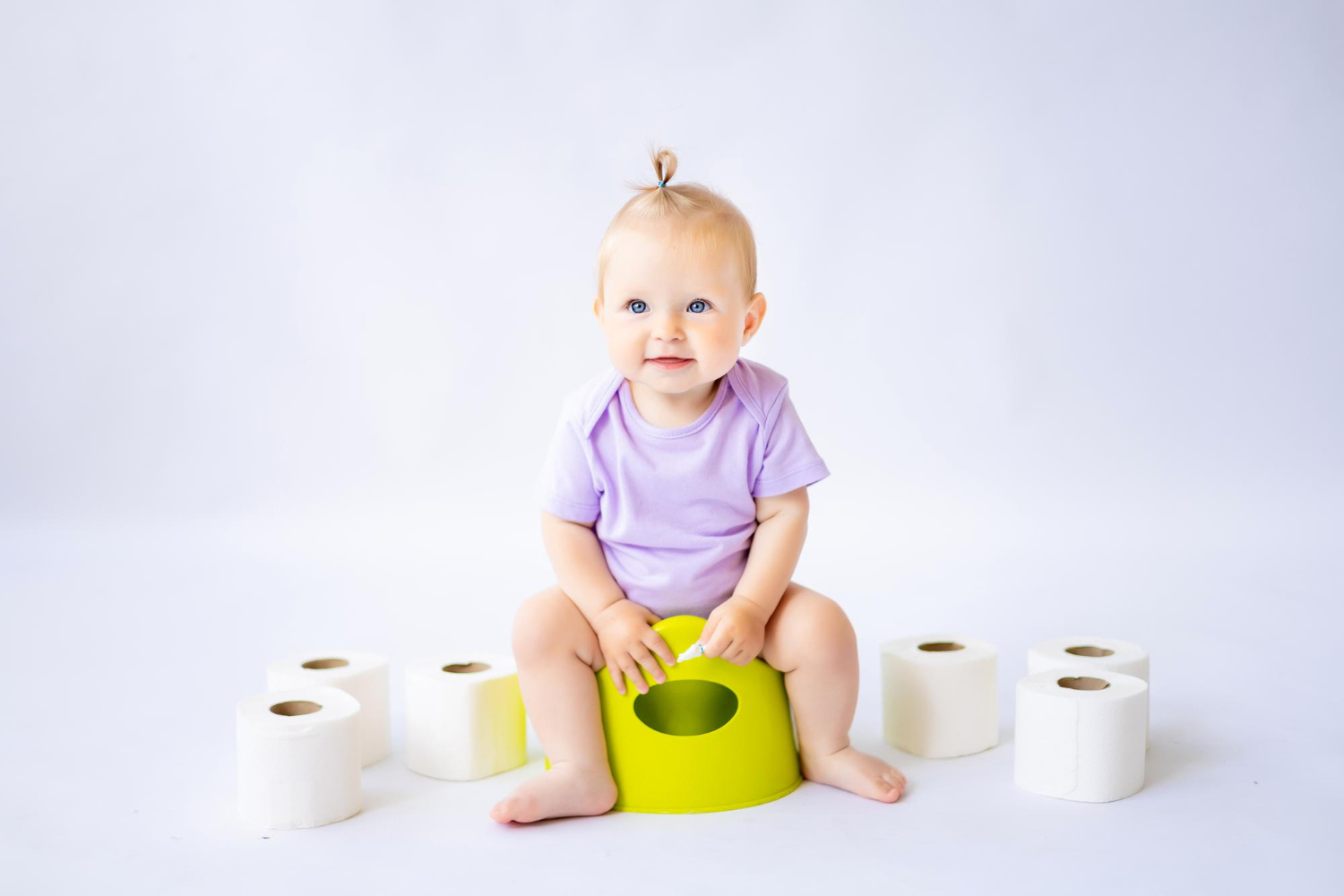Toddler Toilet Training
Picture this – You’re a new parent, and your child is showing signs of being ready for potty training. While most parents try to be ready for this situation by doing research or learning through elders in the family, they realise that it is not as easy or simple as they were expecting it to be!
Potty training can be an intimidating and at times frustrating experience for both you and your children.
As with studies, sports, and many other aspects of parenting, potty training too requires patience, consistency, and a lot of trial and error. There are numerous common potty training issues that parents may face during the process. This blog will go over six potty training solutions for your child, including baby toilet training, toddler toilet training, and the use of a kids potty seat.
- Resistance to use the potty or restroom – One of the most common potty training issues is the child’s refusal to use the potty. This can indeed be frustrating for parents who have worked very hard in potty training their children. While the frustration is understandable, let it not worry you too much as there are methods & solutions that can help in speeding up the process. To begin, make using the toilet a fun and exciting experience. You can use stickers to decorate the potty or let your child choose their own potty seat. Additionally, commend your child’s efforts and provide small rewards such as stickers or a special treat for successful potty attempts. Another possibility is to include your child in the process. Allow them to choose their own underwear and explain why it’s important to use the potty. It’s also critical to be patient and not push your child to use the potty before they’re ready.
- Fear of the toilet or washroom: Some children may experience a common potty training issue in which they develop a fear of using the toilet. They might be afraid of the loud noise it makes when flushing or falling in. This is a part of growing up and is completely normal. One solution to this problem is gradually introducing your child to the toilet. Begin by allowing them to observe you using the toilet and explaining the process to them. Encourage them to flush the toilet and demonstrate that it is not frightening. You can also buy a kids potty seat, which fits on top of a regular toilet seat and makes it more comfortable and less intimidating for kids. Allow your child to select their own potty seat and decorate it with stickers or other fun decorations to make the transition to using the toilet a more positive and exciting experience for them.
- Nighttime bedwetting: Bedwetting at night is a common issue that many children face. It can be aggravating for parents and humiliating for children. That said, do note that bedwetting is a normal part of every parent’s potty training process, and that most kids will outgrow it. Limit your child’s fluid intake before bedtime and encourage them to use the restroom before going to bed to address nighttime bedwetting. Waterproof mattress protectors can also be used to protect the mattress in the event of nighttime bedwetting. It is critical to be patient and not punish your child for nighttime mishaps. Instead, offer your child encouragement and support while reminding him or her that bedwetting is a normal part of growing up.
- Difficulties transitioning from baby to toddler toilet training: This is a transition that could be difficult for both the parent and the child. A potty chair is typically used for baby toilet training, which can be a comfortable and familiar experience for your child. Moving to a regular toilet, very often, can be overwhelming and intimidating for them. It is critical for parents to approach this transition with patience and understanding. To make the transition easier, place the potty chair next to the toilet in the bathroom. This will assist your child in becoming more acquainted with the bathroom and toilet. Encourage your child to use the potty chair before moving on to the regular toilet. Consider using a step stool to make it easier for the child to reach the toilet. It also makes it extremely accessible for them. Also, no matter how small the progress appears to be, make sure to praise and encourage your child. Your child will become more comfortable using the regular toilet with time and practice, and the transition from baby toilet training to toddler toilet training will be a smooth and successful process.
- Accidents: Accidents are unavoidable during potty training, but they can be aggravating for parents and humiliating for children. Establish and stick to a routine to avoid accidents. Inculcate the habit of using the washroom at regular intervals, such as after food or before going to sleep. Despite the efforts, if the child has an accident in the toilet or washroom, it is very important that you remain calm about the incident. Instead of making a big deal about the incident, you may want to simply clean up the mess and remind your child how important it is to use the potty. It may also be beneficial to use extra absorbent training pants or underwear to prevent leaks.
- Regression: Another common potty training issue that parents may face is regression. This happens when a child who has been successfully potty trained reverts to having accidents. Do note that some of the most common factors for regression are stress, illness, or even a simple change in routine. To address regression, try to pinpoint the source of the issue. If your child is stressed or anxious about regression, talk to them about their feelings and try to resolve the underlying issue(s). Make sure that you do not pressurize the child to use the toilet. A little patience in this regard goes a long way! Be supportive during accidents and provide positive reinforcement and praise for successful potty attempts.
You can also try to establish and stick to a routine. Potty training requires consistency, and a consistent routine can help prevent regression. Using training pants or underwear with extra absorbency may also be beneficial during this time.
Potty training can be difficult for both parents and children. With patience, consistency, and the right strategies, you can overcome common potty training issues and assist your child in successfully transitioning to toilet use. There are potty training solutions for every problem, from refusal to use the potty to nighttime bedwetting. You can help your child feel confident and successful during this important milestone by collaborating with them and providing positive reinforcement. Visit EuroKids to learn more.
















